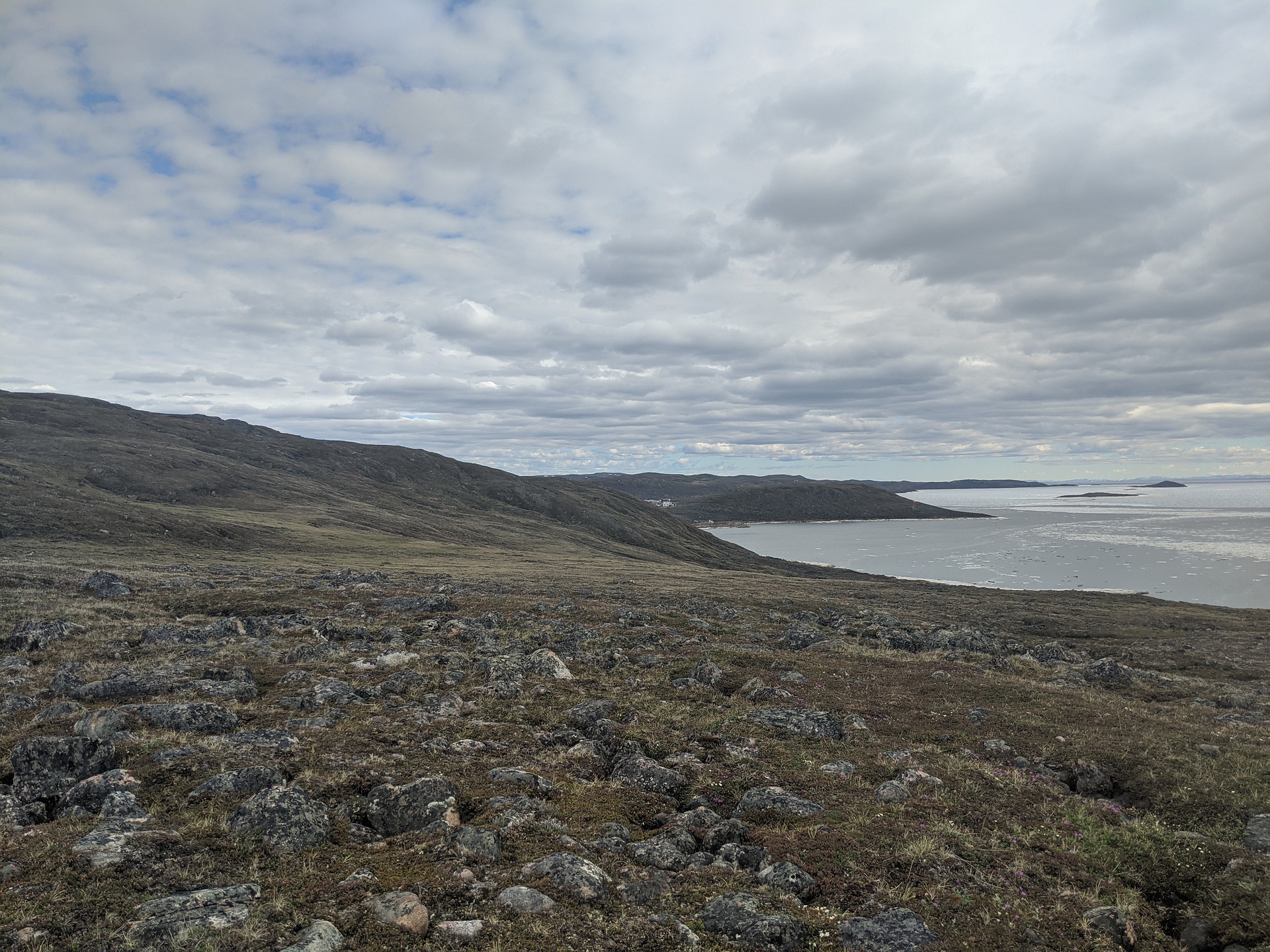If a quality attribute is an adjective describing something, and a virtual good is something that does not occupy a physical space, then what kind of quality attributes could be used to describe a virtual good? The most common physical goods (I.e. found in the real world; found in meatspace) that most humans come into daily contact with are clothing and water. Many come into contact with the floor of their shelter and experience walls and a roof. Not enough humans come into contact with enough protein, carbohydrates, and fats. Physical goods are physical, and we experience them all the time. Many humans don’t ever encounter any virtual goods. Virtual goods aren’t physical. These words, the ones you are reading[…]
Tag: business
It’s quite astonishing to think about just how much human knowledge exists, and just how diffuse its distribution is. It’s hard for any individual to tell. There are clues though. Knowledge is a major way that people create distinctions among one another, so it stands to reason that you can get a sense for how knowledge is distributed by looking at the distinctions people make amongst themselves. The knowledge of French and the knowledge of English creates a distinction between two rather large groups. The knowledge and application of ancient stories is another. The knowledge of how to shape a piece of wood, or stone, or glass used to be a pretty huge distinction. There are entire identities put in[…]
What are the quality attributes and need-solution pairs of Web3? At minimum, the key quality attribute is decentralization. The key matching need is fairness. There are good reasons why this is so. I’d love to be able cite someone that there is a natural tendency for humans to centralize power. I’d love for that statement to be axiomatic. I can cite quite a few papers that appear to just take it as a given (Aristotle (301 BCE, Machiavelli (1513), Bloomfield and Coombs (1992)). But, I can’t find a passage for the axiom anywhere. For the purposes of this post, I’m importing the assumption as a truth: there is a tendency for people to centralize to power. Decentralization is a counter-force[…]
A quality attribute, in systems engineering, is a non-functional requirement. I think of them as adjectives that describe a system. They’re useful tools. There are dozens of quality attributes in systems engineering: accessibility, accuracy, durability, flexibility, observability, repeatability, safety, sustainability, testability, upgradeability, usability, vulnerability and so on. They’re useful tools because they’re the core of discriminator statements, and as such, can help us think about Need-Solution Pairs. Quality Attributes and Need-Solution Pairs What if, in the context of a Need-Solution pair (von Hippel and von Krogh (2016)), a solution can have a large number of quality attributes? When comparing a product to a substitute, you can think of faster, cheaper, and easier. This laptop is faster than that one. It’s[…]
Von Hippel is onto something with the idea of need-solution pairs. This is how I understand the idea: Most management literature is focused on problem definition. (See: James G March for one of the best models of how problems drives search). Often, searches are sparked by a problem. But what if it isn’t always sparked by a problem? Von Hippel argues that search isn’t always motivated by formalized problems. Sometimes people are just discovering alternatives based on needs, and then, they compare a new alternative to the status quo. If the alternative is predicted to be better than the status quo, then the alternative will be substituted. If not, it’s rejected. This is a kind of a neat way to[…]
“I’m seeing things Believe me I’ve never seen before Little things Deceive me” Seeing Things, Theme Song, 1981 One common formula for a product vision comes from Steve Blank (2010, 2020). It goes like this: “For <customer segment> our product, <product name> is a <name the sector that customers say> that <benefit>. Unlike <competitors>, our product <discriminator>. Our product is <product name>.” And each bit of that formula can be systematically turned into a set of hypotheses that can be tested and refined until the vision is sufficiently true, or likely, to create a wonderful business if scaled. Blank himself repeats that entrepreneurs are rule breakers, so it’s really up to them which ones they want to break. Osterwalder and[…]
Leopold makes the argument that business agility isn’t software agility [1]. It’s a very good argument. Here’s a few ways to think about Leopold’s insight. Most products are static. A pie is made, purchased, and consumed. As are most physical goods: toasters, fans, mattresses, tables and so on. Most goods leave a residue behind but their core essence is completed. A toaster will persist in the landfill unless it’s dug up later. Otherwise, it’ll go onto form a line in the geological strata. Most virtual goods are static too. A lottery ticket, a podcast, a book, a brand marketing campaign, an episode of Avenue5. Most of these goods are shipped and then they’re effectively gone from their creators. They leave[…]
Canada is a land of many Canadas. There’s the Maritime version, the Montreal version, the inland BC version…so many versions really. In spite of how different those Canada’s are – they’re all down South. The North is entirely different. More people live on Prince Edward Island (~160,000 people over ~5400 KM^2) than the entire North (~126,000 over ~2.5 million KM^2). I don’t even fully comprehend just how different life is in the North. It’s always been expensive and hard to get up North. It’s brutal by foot and paddle. It’s expensive by boat, rail, truck and airplane. The most obvious factor is the distance. The spaces are vast. Less obvious is how much more expensive it is to build transportation[…]
The Canadian state has had an interesting relationship with networks since the beginning. Networks connect things and enable outcomes. Those who direct and influence the State have preferences for what those outcomes should be. To understand how the state is grappling with the consequences of social networks, it might be useful to look at how it has grappled with physical networks. We’ll begin with some basic theory about the Canadian State. Canada is made of citizens. Some of those citizens become leaders. Those leaders try to create some explainable representation of society’s optimal social welfare function, and package it into something people can recognize, understand and vote for. They do that because they need the consent of the citizens in[…]
Walter Gretzky is credited with the quote: “Go to where the puck is going, not where it has been.” Walter used socratic questioning to teach his son, Wayne, hockey strategy. Here’s the full context from Wayne’s perspective: Him: “Where do you skate?” Me: “To where the puck is going, not where it’s been.” Him: “Where’s the last place a guy looks before he passes it?” Me: “The guy he’s passing to.” Him: “Which means…” Me: “Get over there and intercept it.” Him: “If you get cut off, what are you gonna do?” Me: “Peel.” Him: “Which way?” Me: “Away from the guy, not towards him.” (Gretzy, Reilly, Gretzky: An Autobiography p. 88) Puck On To win a game of ice[…]










